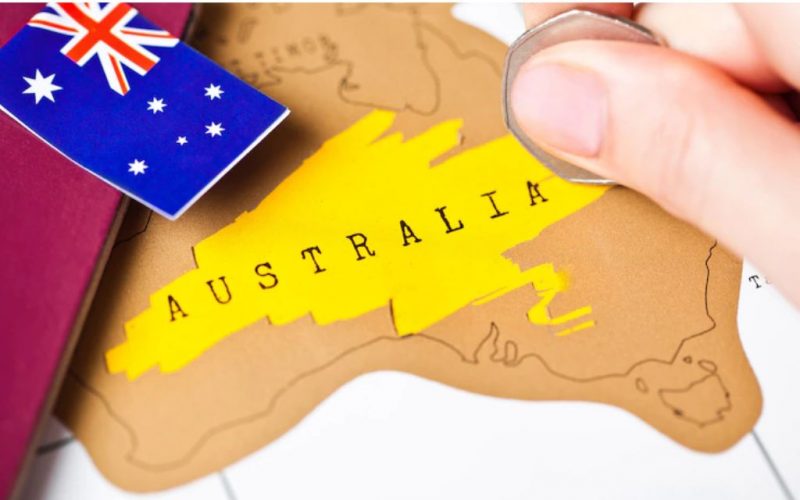Australia’s mega-diversity and highly urbanised cities have made it a valuable educational destination for the past three decades. There are presently 3,70,000 foreign students living there in study abroad programme, and according to the Australian Strategy for International Education 2021–30 report, Indian students account for 17% of all new international students.
What is the collaboration between the two countries?
India and Australia have a social connection in terms of international education, collaborative research, and knowledge sharing to strengthen the STEM, healthcare, and management sectors. Both countries recognise the value of global cooperation to strengthen the study abroad programme.
Both nations have pledged international participation throughout the entire spectrum of cyber and critical technology concerns as well, as noted by the Framework Arrangement on Cyber and Cyber-Enabled Critical Technology Cooperation.
Universities in India and Australia will be able to provide twinning, joint, and dual degrees in the same disciplines or subject areas at the same qualification level in accordance with University Grants Commission (UGC) regulations that were published in the official gazette.
How Australia meets the expectations of Indian students
Australian universities are respected by the most prestigious educational institutions in the world and are acknowledged for offering the greatest learning through their diploma and degree programmes.
With the best teaching resources and cutting-edge infrastructure, the nation can claim of having more than 14 universities ranked among the top 100 worldwide. It’s also noteworthy that universities provide more than 9,000 graduate, master’s, and PhD-level courses.
Work Visa Programme
The Australian government recently announced an extension of the post-study work right for an additional two years, a positive move that will help qualified international students succeed in the workplace.
With more time to work in their fields and gain significant international exposure while in the country, graduates of some bachelor’s, master’s, and PhD programmes will see the duration of their visas increase to four, five, and six years, respectively.
Community Growth
The level of reciprocal growth in education and research is predicted to increase as both nations come to recognise the need of fostering collaborations. To assure positive moves in that direction, many Australian universities are communicating with the Indian government.
Numerous leadership development, research fellowships, scholarship, and skill training programmes are being introduced in an effort to broaden students’ horizons and increase their competitiveness in the global economy.
For more exciting news updates, make sure you follow Leverage Edu.
 One app for all your study abroad needs
One app for all your study abroad needs















 45,000+ students realised their study abroad dream with us. Take the first step today.
45,000+ students realised their study abroad dream with us. Take the first step today.